Mulhouse: Where industry and culture are woven together
In the heart of Alsace, where the Rhine River meanders through lush landscapes, a city of contrasts unfolds. Brick chimneys and modern art installations stand side by side, while the chatter of diverse languages fills the air. This unique blend of old and new, of tradition and innovation, is what defines Mulhouse – a city that has been shaped by its industrial past and is now reinventing itself as a hub of culture and creativity.

As one steps into Mulhouse, the city's rich industrial heritage can be immediately sensed. Once known as the "French Manchester" due to its thriving textile industry, Mulhouse's skyline is punctuated by the remnants of its manufacturing glory days. However, these industrial relics have not been left to decay. Instead, they have been cleverly repurposed, breathing new life into the urban landscape.
The city's commitment to preserving its history while embracing the future is exemplified by the Cité de l'Automobile. Housed in a former textile factory, this museum boasts the world's largest collection of automobiles. Visitors are transported through time as they wander among gleaming vintage cars, from the earliest prototypes to sleek modern machines. The juxtaposition of the building's industrial architecture with the automotive treasures within creates a unique experience that epitomizes Mulhouse's character.
But Mulhouse's museums don't stop at cars. The city is home to several world-class institutions that showcase its diverse interests. The Musée de l'Impression sur Étoffes pays homage to the city's textile heritage, displaying an impressive collection of printed fabrics from around the globe. Meanwhile, the Électropolis Museum takes visitors on a journey through the history of electricity, from early experiments to cutting-edge technologies.
As one explores the city center, the influence of Mulhouse's industrial past can be seen in its distinctive architecture. The Place de la Réunion, the heart of the old town, is surrounded by colorful buildings adorned with trompe l'oeil frescoes. These vibrant facades, reminiscent of the city's textile-printing tradition, create a warm and welcoming atmosphere. The 16th-century Hôtel de Ville, with its elaborate Renaissance architecture, stands as a testament to Mulhouse's prosperity and ambition through the ages.
Mulhouse's cultural scene is as vibrant as its painted buildings. The La Filature cultural center, housed in a converted wool factory, has become a hub for contemporary arts. Here, cutting-edge performances, exhibitions, and events are staged throughout the year, attracting artists and audiences from across Europe. The center's industrial-chic aesthetics perfectly encapsulate Mulhouse's blend of heritage and modernity.
The city's commitment to green spaces is evident in its numerous parks and gardens. The Parc Zoologique et Botanique de Mulhouse, one of the oldest zoos in France, combines conservation efforts with beautiful landscaped gardens. It's a peaceful oasis where rare and endangered species are protected, and visitors can learn about biodiversity and environmental preservation.
Mulhouse's culinary scene reflects its position at the crossroads of cultures. Traditional Alsatian dishes are served alongside innovative fusion cuisine, while the influence of nearby Germany and Switzerland can be tasted in local specialties. The Marché du Canal Couvert, a covered market dating back to 1908, is a feast for the senses where local producers showcase the region's gastronomic bounty.
As night falls, Mulhouse reveals yet another facet of its personality. The city's large student population ensures a lively nightlife scene, with bars and clubs catering to diverse tastes. From cozy wine bars in the old town to modern nightclubs in repurposed industrial spaces, Mulhouse offers something for every nocturnal adventurer.
Mulhouse's location in the heart of Europe has shaped its character as a city of connections. Its efficient tram system makes exploring the city a breeze, while its railway station provides links to major European cities. The EuroAirport Basel-Mulhouse-Freiburg, shared with neighboring Switzerland and Germany, further cements Mulhouse's role as an international crossroads.

As one reflects on Mulhouse's journey from industrial powerhouse to cultural hotspot, it becomes clear that the city's strength lies in its ability to adapt and reinvent itself. By embracing its industrial heritage and infusing it with creativity and innovation, Mulhouse has created a unique urban experience that continues to evolve.
In Mulhouse, the past is not simply preserved; it is reimagined and repurposed to serve the needs of the present and future. This dynamic approach to urban development has resulted in a city that is at once deeply rooted in its history and boldly looking towards the horizon. For those seeking a destination that offers a perfect blend of heritage and modernity, Strasbourg and Mulhouse stand as shining examples of cities that have successfully bridged the gap between yesterday and tomorrow.
Things to do in Mulhouse
When to visit Mulhouse
January
February
March
April
May
June
July
August
September
October
November
December
Top attractions in Mulhouse
Show all
Parc Zoologique et Botanique de Mulhouse
In the heart of Alsace, a remarkable sanctuary of nature and wildlife can be discovered. Sprawling across 25 hectares, this oasis of greenery and biodiversity invites visitors to embark on a captivating journey through diverse ecosystems and encounter a fascinating array of animal species. Here, conservation efforts and educational initiatives are seamlessly blended, offering an enriching experience for nature enthusiasts of all ages.
Mulhouse - FRANCE

City Hall - History Museum
In the heart of Alsace, a region steeped in history and cultural richness, Mulhouse stands as a testament to France's industrial heritage. Among its many attractions, one building serves as both a functional seat of local government and a captivating window into the city's past. The City Hall - History Museum of Mulhouse beckons visitors to step back in time and explore the fascinating journey of this dynamic urban center.
Mulhouse - FRANCE

Electropolis Museum
In the heart of Alsace, a region renowned for its rich cultural heritage and industrial prowess, an extraordinary museum stands as a testament to human ingenuity and scientific progress. The Electropolis Museum in Mulhouse offers visitors a captivating journey through the history of electricity, from its earliest discoveries to the cutting-edge technologies of today.
Mulhouse - FRANCE

Belvédère tower
In the heart of Alsace, where industrial heritage meets modern innovation, a striking silhouette rises above the urban landscape. This architectural marvel, a testament to human ingenuity and the city's forward-thinking spirit, has become an iconic symbol of Mulhouse's skyline. As the sun's rays dance across its sleek facade, visitors and locals alike are drawn to its unique presence, eager to uncover the stories and views it holds within.
Mulhouse - FRANCE

Musée de l'Impression sur étoffes
In the heart of Alsace, a region renowned for its rich industrial heritage, a unique museum stands as a testament to the art and science of textile printing. The Musée de l'Impression sur étoffes in Mulhouse invites visitors on a captivating journey through the colorful history of fabric design and production. Within its walls, centuries of creativity and innovation are preserved, offering a glimpse into an industry that once defined the region's economic and cultural landscape.
Mulhouse - FRANCE

Cité du Train
In the heart of Alsace, a region steeped in history and innovation, an extraordinary museum stands as a testament to human ingenuity and the transformative power of transportation. Here, the echoes of steam whistles and the rhythmic clatter of wheels on tracks can almost be heard, transporting visitors to an era when railways revolutionized the world. This is the Cité du Train in Mulhouse, France – a captivating destination where the past and present of rail travel are brought to life in stunning detail.
Mulhouse - FRANCE
Michelin Restaurants in Mulhouse
Show all
Le 4
The young couple at the head of this dinky establishment in the heart of Mulhouse rustles up a concise menu of enticingly entitled dishes. The food is colourful, inventive and scattered with Mediterranean notes: “our version” of vitello tonnato; gilt-head seabream, spaghetti alle vongole and an emulsion of cockles; tagliata of beef, baby potatoes, rocket salad, Kalamata olives and shavings of parmesan. Enticing wine list.
Mulhouse - FRANCE

La Table de Michèle
Michèle Brouet is a figure on the local gastronomy scene. Her restaurant is the reflection of her generosity and cheer, as is the atmosphere, which is welcoming with its various random objects and bouquets of flowers. Good food and good times are on the menu!
Mulhouse - FRANCE

L'Estérel
Mulhouse's Estérel serves 100% homemade dishes made with market - fresh ingredients that are tasty and very contemporary. The shady terrace is taken by storm in summer.
Mulhouse - FRANCE
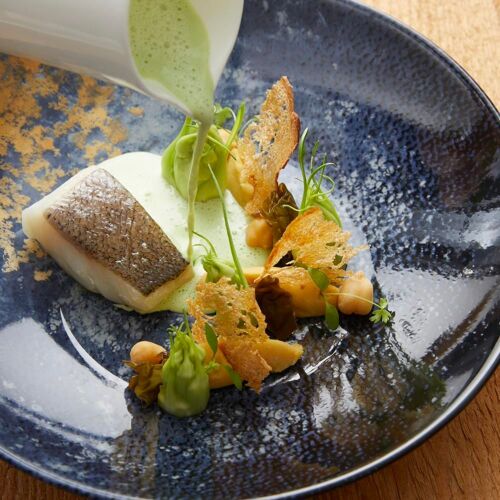
Il Cortile
In a pedestrian street in the old part of Mulhouse, welcome to this 16C establishment, whose reputation is firmly cemented among the locals. Since 2001, chef Jean-Michel Feger has been devising Mediterranean-inspired cuisine. Think mouth-watering, technically on point modern dishes with a lilting Italian accent: vitello tonnato, sun-dried tomato pesto, buffalo-milk mozzarella fritters. In fine weather, soak up la dolce vita and enjoy your meal alfresco on the patio in the small courtyard. Pleasant and relaxed service.
Mulhouse - FRANCE
Best Restaurants in Mulhouse
Show all
Délices de L'Inde
Dine in • Takeaway • Delivery • Lunch • Dinner • Vegetarian Friendly
Mulhouse - FRANCE
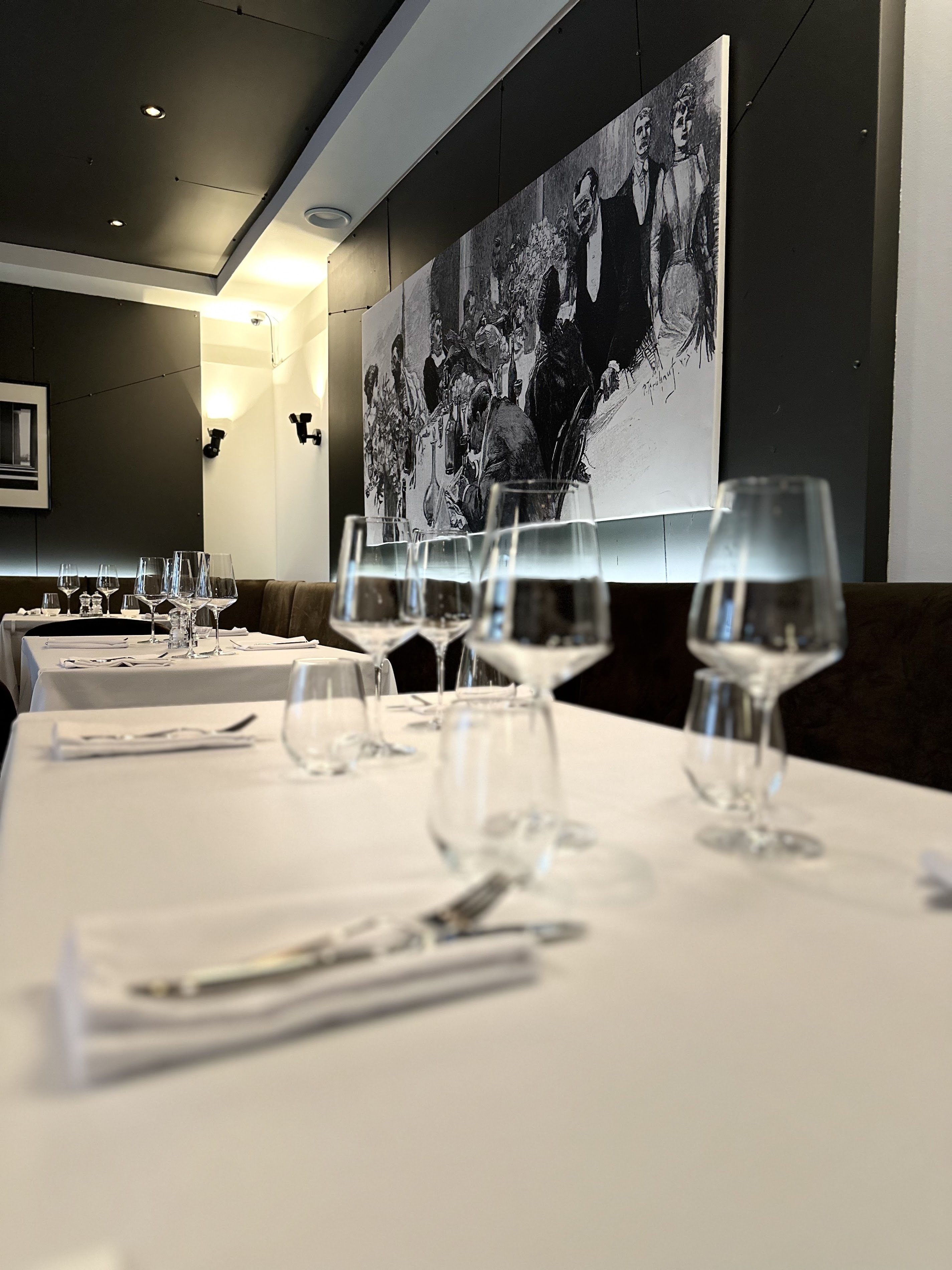
BIENVENUE CHEZ MEALTIN' POTES
Dine in • Lunch • Dinner • Vegetarian Friendly • Wheelchair-accessible entrance
Mulhouse - FRANCE

Restaurant Le 17
Dine in • Breakfast • Lunch • Dinner • Vegetarian Friendly • Wheelchair-accessible entrance
Mulhouse - FRANCE
Related articles
Show all
Menton - The last town on the French Riviera
The coastal town of Menton marks the end of the French Riviera on the east side. In fact, it's the very last town on the south coast before crossing the Italian border. Known as the 'Pearl of France,' Menton doesn't disappoint and offers an authentic glimpse into the luxuries of the Cote d'Azur. On the whole, Menton is a welcomed extension of the coast.
Menton - FRANCE

Best 15 things to do in Calais
The northern coast of France beckons with its rich history, stunning landscapes, and unique cultural tapestry. Nestled at the narrowest point of the English Channel, a city stands as both a gateway to continental Europe and a destination in its own right. From towering landmarks to hidden gems, this coastal gem offers a diverse array of experiences for the curious traveler. Let's embark on a journey through the top 15 activities that can be enjoyed in this captivating French port city.
Calais - FRANCE

The top 15 things to do in Aix-en-Provence
The sun-drenched landscapes of Provence have long captivated artists, writers, and travelers alike. Among its charming towns and villages, one gem stands out for its elegant architecture, rich cultural heritage, and vibrant atmosphere. Here, the legacy of Paul Cézanne can be felt in every corner, while the scent of lavender and the melody of fountain waters create an intoxicating sensory experience. Let's explore the top 15 activities that can be enjoyed in this enchanting Provençal city.
Aix-en-Provence - FRANCE

The Picturesque Village of Saint-Martin-Vésubie
Known as ‘Nice’s Little Switzerland’ the picturesque village of Saint-Martin-Vesubie sits in the Provence-Alpes-Cote d'Azur region of Southeastern France and is considered to be the gateway to the Mercantour National Park. Set amidst 3,600 hectares of forest, and home to several peaks over 3000 meters including Le Gelas (the tallest peak in the Alpes Maritimes department), this pretty little town is a haven for outdoor enthusiasts. In winter the area sees an influx of downhill skiers and snowshoers while summer brings with it warmer weather, well-seasoned hikers, and nature enthusiasts who flock to the area to admire the array of native flora and fauna including Fario, Rainbow, and Salmon trout (all of which have made the nearby Lac du Boren Peche their home).
Saint-Martin-Vésubie - FRANCE
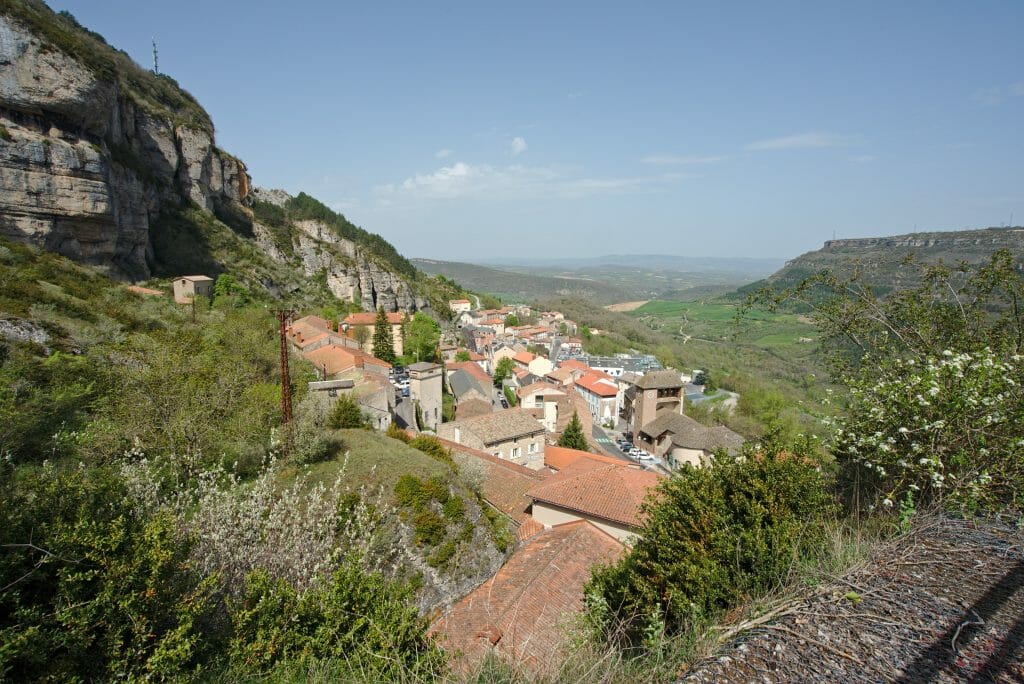
The 15 best things to do in Roquefort-sur-Soulzon
Tucked away in the rugged landscape of southern France, a small village stands as a testament to centuries of culinary tradition and natural wonder. Here, beneath limestone cliffs and winding streets, visitors can uncover a world where cheese reigns supreme and ancient caves hold secrets passed down through generations. This hidden gem offers a unique blend of gastronomic delights, stunning scenery, and rich history that can be savored by all who venture to explore its charms.
Millau - FRANCE
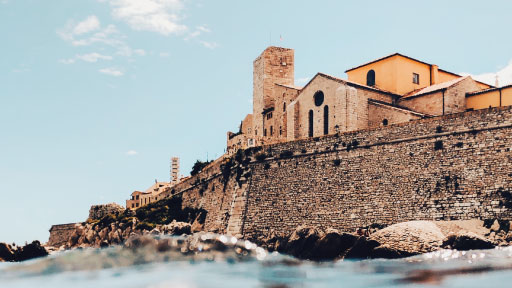
Antibes - The pearl of the Mediterranean
While many travelers flock to the larger towns of Cannes, Nice, and Monaco on France’s Côte d’Azur, the smaller resort town of Antibes should be given just as much weight as the others. This glistening Mediterranean resort town sits just a 30-minute drive west of Cannes (or a short boat ride along the coast) and is known for its bustling nightlife, vibrant restaurant scene, and its historic Old Town protected by 16th-century ramparts. If you want the glitz and glam of the French Riviera, with the rustic charm of a medieval French town, look no further than Antibes.
Antibes - FRANCE

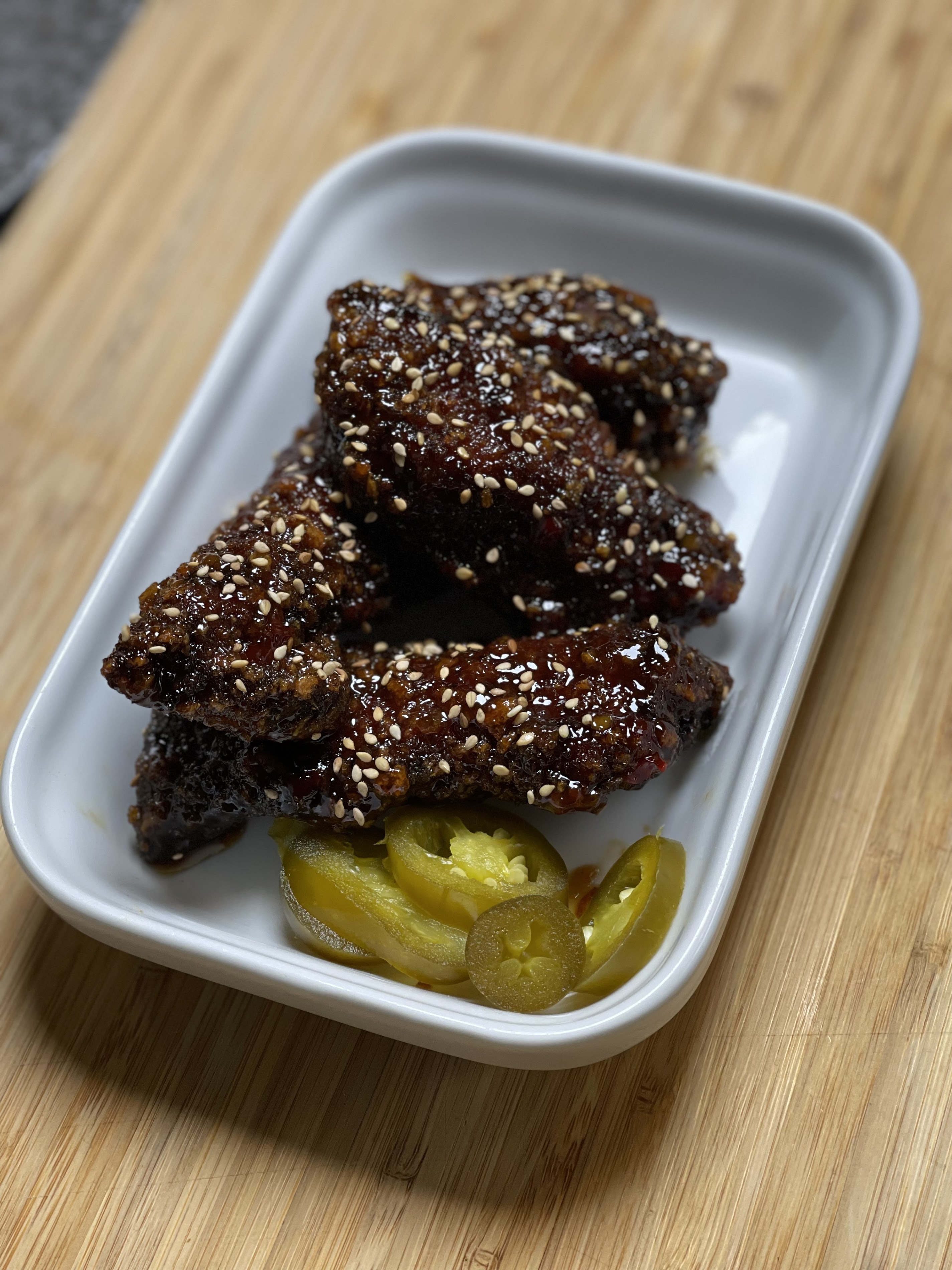




 Home
Home Wishlist
Wishlist